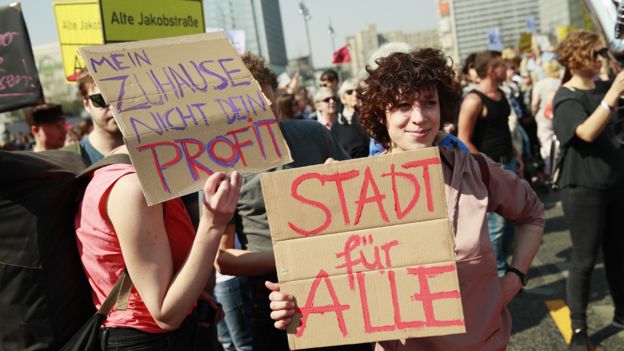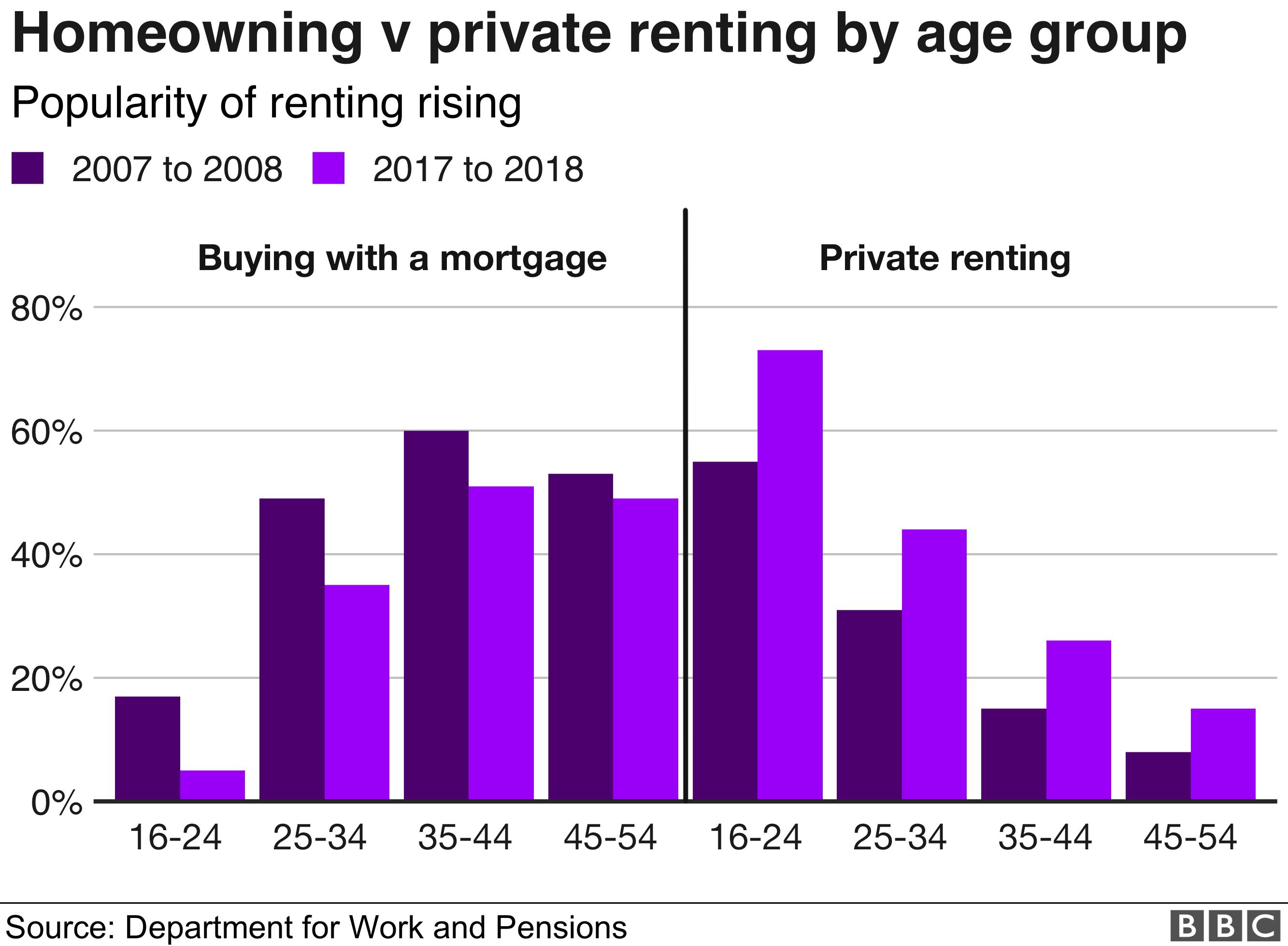


Nov 14, 2019
London Mayor Sadiq Khan has called for the power to introduce rent controls to help lower housing costs in the city.
It is an idea that has been tried in many cities worldwide, but what is rent control and how does it work?
There are a number of different ways to control rent.
They can include setting a cap on the amount landlords can charge, or even freezing rents.

Rent increases once a new tenancy is agreed could also be limited, and it could be made easier for people to stay on in a property.
Mr Khan is calling for the introduction of open-ended tenancies.
But these policies can vary hugely in how they are implemented.
For example, officials might choose to cap rent prices at the current market rate, or to set a lower limit if prices are high.
The cost of renting a property has been increasing in the UK, but wages have been struggling to keep up.
In London, average monthly private rents have increased by 35% from £1,095 in 2011 to £1,473 in 2018. Many young people in the capital are spending more than half of their income on rent, a recent study by PwC suggested.
Young people have been particularly affected across the country, because under-34s make up the largest proportion of the rental market.
There is concern that young adults are being priced out of areas where they want to work, and are unable to save enough for a deposit towards their first property.
Rent controls have been suggested as a way of limiting how much people are spending.
There is no official measure of what an “unaffordable” rent is, but several housing organisations suggest rent should be no more than 30% of income.
The private rental sector was regulated for a lot of the 20th Century.
In 1915 rent controls were introduced in the UK, capping prices at August 1914 levels. Costs had been driven up by an increased demand for housing.
Rules were relaxed before the outbreak of World War Two, but reintroduced in 1939 as housebuilding slowed. They stayed in place until 1968.
The regulation of rent for new private tenancies was only abolished in 1989.

Berlin recently approved a plan to freeze rents for the next five years, on top of its existing rent controls.
The German capital has experienced protests urging the authorities to keep housing affordable. The average monthly rent for a furnished Berlin flat is about €1,100 (£989).
The plan is expected to become law in January. It could apply to 1.4 million properties, but not to social housing – which has separate rules – or new-builds.
Across Germany, one-fifth of tenants in the private rented sector say they spend more than 40% of their disposable income on rent.
In Paris, average rents are assigned to different areas, with landlords unable to charge more than 20% above that price.
And in New York City new laws were introduced in June, establishing permanent rent controls. Cities in the rest of the state can also adopt controls.
However, a group of property trade organisations and landlords are trying to overturn the legislation.
Rent controls introduced in San Francisco may have had an unexpected knock-on effect.
A Stanford University study in 2017 found that measures introduced there led some landlords to convert their properties into expensive apartments.

That was because these were classed as new-builds, which were exempt from the restrictions.
Researchers found that between 1994 and 2010 people in rent-controlled properties paid about $2.9bn (£2.3bn) less in rent.
But they also found that renters who came to the city later paid an extra $2.9bn over the same period, largely because of a shortage of housing.
Mr Khan wants to set up a register of landlords and rents. And a new London Private Rent Commission would design a system of rent control and set out how rents could be reduced.
At the moment, he does not have the power to do so.
In Scotland, more than 12,000 people recently signed a petition calling on the Scottish government to introduce “proper rent controls”. Petition founder Emma Saunders hopes caps on how much landlords can charge will be introduced.
In December 2017, changes to Scottish law brought an end to fixed-term tenancies. Rent increases can now only be made once every 12 months.
The current Welsh government has not indicated an intention to pursue such a policy.
In Northern Ireland, there is rent control on unfit private tenancies that began after 1 April 2007 and some other types of tenancy.

But some people have questioned what rent controls could mean for the housing market.
A 2015 survey of private landlords by University of Cambridge suggested that a three-year freeze on existing private rents would not make much difference to affordability.
But more radical measures, like setting rents at two-thirds of the current market value, could lead many landlords to sell their properties.
Jonathan Cribb, an economist for the Institute for Fiscal Studies, suggested rent controls could affect the quality of housing.
Landlords could look for other ways to save costs, he said, “and a key way to do that is to not maintain the property”.


 +86-13862224443
+86-13862224443 



